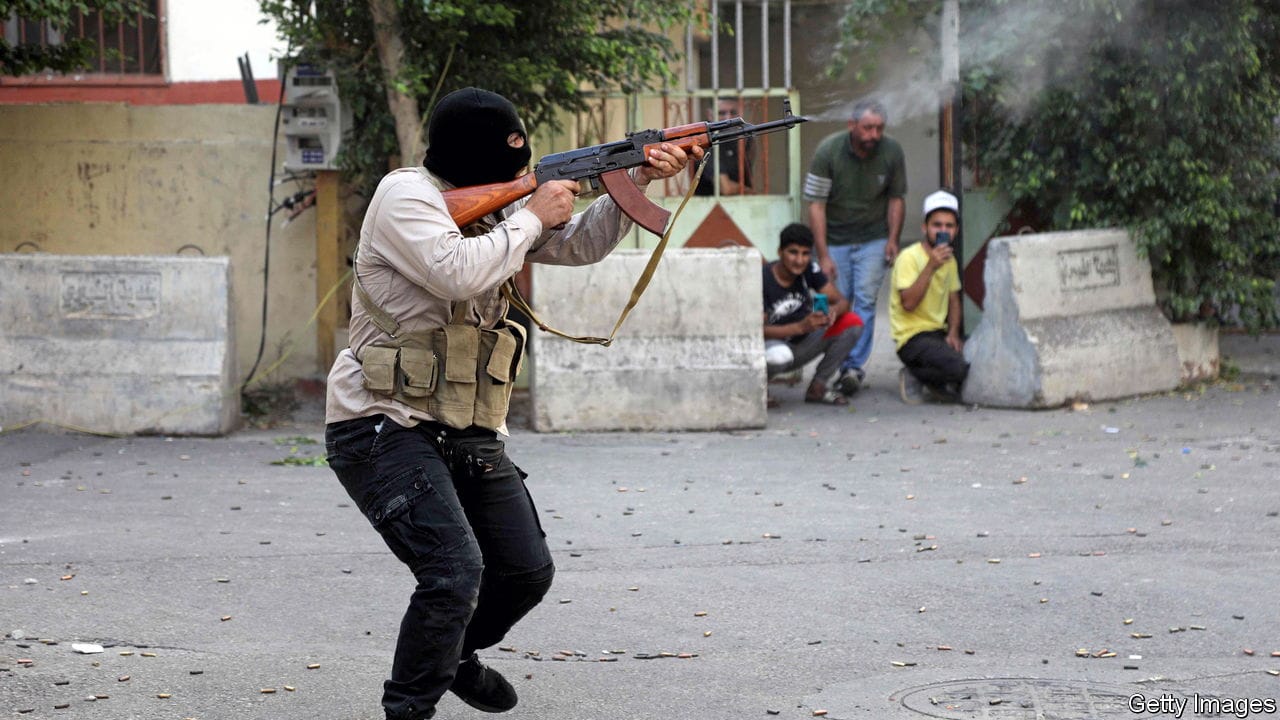- by MAJDAL SHAMS
- 07 28, 2024
-

-
-
Loading

Loading


FOR MANY Lebanese, the scenes in Beirut on October 14th harked back to their country’s darkest days. Gunmen crouched behind cars and fired wildly at apartment blocks or rushed out from cover to launch rocket-propelled grenades. Frantic parents searched for safe routes to collect children from school. Residents cowered in hallways and bathrooms. The guns fell silent after a few hours, but the streets were left carpeted with broken glass, the buildings pockmarked with bullet holes.At least seven people were killed and dozens injured in the worst violence in Lebanon’s capital since 2008. It centred on a rally organised by the two main Shia parties, Hizbullah and Amal, to protest against the investigation into last year’s catastrophic explosion at Beirut’s port. Soon after the rally began, snipers fired into its midst from a nearby building. Hizbullah and Amal, which are both militias as well as political parties, blamed this “ambush” on the Lebanese Forces, a Christian party led by Samir Geagea, a warlord-turned-politician. His party denies it was involved (there is no evidence yet to prove it was).